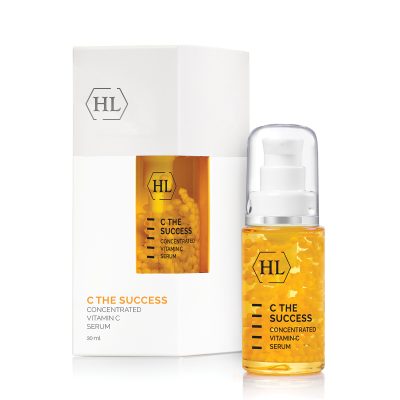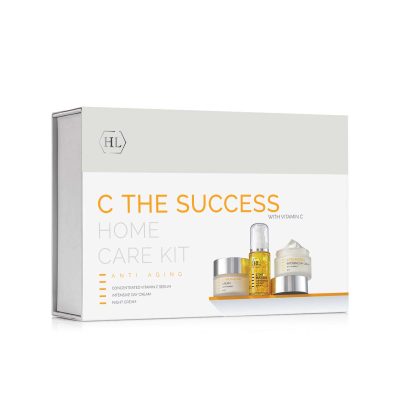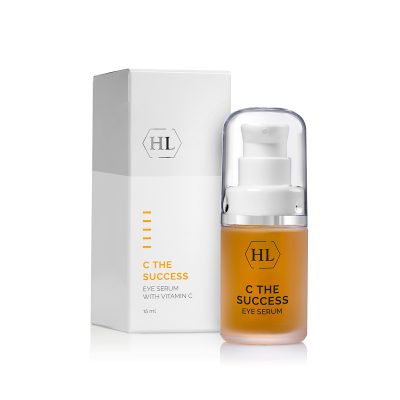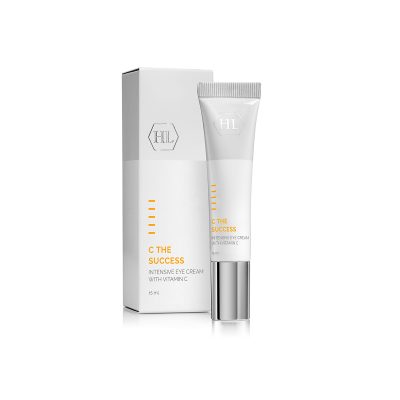Skin rehab and renewal after exposure to summer-related damage
Sunlight plays a critical role in our health, including in synchronizing our biological clock and in the skin’s ability to produce vitamin D. However, prolonged and cumulative exposure to sunlight UV radiation leads to long-term damage that plays a pivotal role in skin aging, including sunspots and pigmentation, wrinkles and laugh lines. After increased exposure to the sun, the fall months are ideal to care for the skin, rejuvenate and restore, and treat these effects through active ingredients that contribute to skin renewal and restoration. Thanks to growing research, recent effective treatments for the renewal and restoration of the facial skin have been developed.
The damage of UV rays to the skin occurs at the skin cells’ DNA. The cumulative damage affects all skin layers, from the outer layer – the epidermis – to the deeper skin sections. Aside from pigmentation spots and visible freckels on the epidermis, the cumulative exposure damages the collagen and elastin fibers. Equally serious is the damage to essential components that allow the skin to retain moisture, by absorbing water from the external environment and preventing the evaporation of natural skin moisture. This damage causes the loosening of the tissue structure and loss of its organized structure, as well as skin dryness, reduction of elasticity and vitality, and the premature appearance of wrinkles.

-

C The Success Concentrated Vitamin C Serum 30ml
109,88 € Add to cart -
Sale!

C THE SUCCES ANTI AGING KIT (new) SERUM, INTENSIVE DAY CREAM, CREAM
187,05 €Original price was: 187,05 €.140,29 €Current price is: 140,29 €. Read more -
Sale!

C THE SUCCESS EYE SERUM 15ml
92,49 €Original price was: 92,49 €.55,49 €Current price is: 55,49 €. Add to cart -
Sale!

C THE SUCCESS EYE CREAM 15ml in tube
51,74 €Original price was: 51,74 €.38,81 €Current price is: 38,81 €. Add to cart
- Peel off the summer damages
Autumn is the ideal time for professional peeling by a cosmetician. Alpha and beta hydroxy acid-based peeling treatments performed by a professional cosmetician are one of the most effective methods known today for improving and repairing skin texture. They can repair photoaging damage, reduce wrinkles and fine lines, blur scars, lighten skin blemishes, and balance and treat oily skin. After the process of peeling, the skin looks healthier, smoother and firmer. These treatments at a cosmetics salon are defined as medium to superficial, and are performed as a series of consecutive treatments.
2. Use a preparation containing retinol to restore summer-damaged collagen production
Retinol is a vitamin A derivative. In recent years, this substance has been considered one of the most effective cosmetic ingredients, along with alpha and beta hydroxy acids, all able to repair skin damage resulting from sun exposure, and to lighten sun spots. Retinol breaks down its chemical structure in the skin, becomes a retinoic acid and works on the skin cells. Studies show that external application of vitamin A derivatives, including retinol, significantly accelerates the production of collagen and pro-collagen (the substance from which collagen is formed in the skin), thus helping to maintain skin structure and strength, rejuvenate the skin, smooth its texture and blur wrinkles. Retinol also helps regulate the production of the melanin pigment, and has been proven to help repair accumulated skin damages that appear after sun exposure, and even to lighten pigmentation spots. It was found that even after a month of applying a preparation containing a concentration of 0.1% retinoic acid, there is a dramatic reduction of more than 80 percent of skin spots, and it lightens the skins as well.
- Time for skin lightening
A number of substances have recently been proven as particularly effective in skin whitening – kojic acid, azelaic acid, arbutin, Vitamin C and vitamin B3. Treatments that combine these components and alpha and hydroxy acids are particularly effective in skin lightening and repairing of sun damages.
- Kojic acid
This acid is produced by mold fungi, such as penicillium or aspergillus, and is a by-product of rice malt fermentation or of producing Sake – the Japanese rice wine. Kojic acid inhibits melanin production by reducing the effectiveness of the tyrosinase enzym, which accelerates and encourages melanin production during sun exposure. - Azelaic acid
Azelaic acid inhibits tyrosinase as well, and when combined with kojic acid it helps to achieve faster results in suppressing melanin and reducing blemishes. - Arbutin
Arbutin is a plant derivative of hydroquinone, extracted from strawberry leaves, cranberries, blueberries and similar plants. Similar to the other substances mentioned here, it effectively suppresses melanin production by inhibiting the enzyme tyrosinase. - Vitamin C
This water-soluble antioxidant, also called ascorbic acid, is one of the major antioxidants in nature, and plays a vital role in neutralizing damages of free radicals to the skin. In addition, vitamin C is vital to the production of collagen and elastin, and has an important role in inhibiting and even reversing sunlight skin damage. Studies have shown that by applying the vitamin to the skin, it can be protected from sun damage and even restore the collagen and elastin fibers, repair existing damages and reduce pigmentation spots. - Vitamin B3 (Niacinamide)
This vitamin works in a different way to reduce melanin production: it inhibits the passage of melanosomes to the keratinocyte cells. Thus, it helps rejuvenate the skin, boosting cell growth, and providing moisture.
- Rebuild the skin barrier
The skin barrier consists of substances produced in the skin, including sebum and other fats, and natural moisturizers. To restore the skin’s moisture retention mechanisms, use a quality product that contains a high percentage of water, in addition to other, sophisticated ingredients, such as amino acids, saccharides, urea and glycerin. These ingredients help the water penetrate the skin, be absorbed and retained in it, and they prevent evaporation of the water. Without these ingredients, applying the moisturizer is similar to applying water to the skin. Water evaporates quickly from the skin and even draws along more water that is already in the skin, and thus may further dry it out. If your skin is prone to dryness and a lack of moisture, choose a moisturizer that contains hyaluronic acid: its acts as a kind of sponge, absorbs the water and holds it inside the skin. Thus, the acid provides the skin with moisture and gives it volume, softness and elasticity, making it look smooth, taut and young. In addition, hyaluronic acid plays an important role in collagen production.
HL Laboratories developed a variety of effective preparations to rehab skin from sun exposure damages:
Dermalight series
This unique series is based on a complex of plant extracts, which works to reduce the activity of the tyrosinase enzyme, combined with kojic acid, azelaic acid, mandelic acid, vitamin C and arbutin. It provides a very effective treatment, which leads to noticeable results in lightening hyper-pigmentation spots, reducing age spots and melasma, preventing the formation of new skin spots and creating a radiant and healthy skin appearance, and with a uniform skin tone. The series includes whitening preparations used by professional cosmeticians – including cleansers, peeling preparations, a professional massage booster, lightening serum, lightening mask and active lightening cream, as well as lightening preparations to complete the treatment at home.
Alpha-Beta Retinol series
This active series is intended for the renewal and restoration of facial skin, and enables really impressive results. The series’ professional peeling products are based on natural alpha hydroxy acids, extracted from fruit and milk, and combined with beta hydroxy acid and other active ingredients. The synergy between those ingredients facilitates very impressive and long-lasting effects, within a safe treatment, which does not cause skins burns or trauma and allows the patient to maintain a normal routine.
C-the-Success series
A series based on a high concentration of vitamin C, working to slow down the skin aging process caused by environmental and physiological agents. Vitamin C is a powerful antioxidant, and it neutralizes free radicals, increases collagen production in skin cells, and creates a uniform and radiant skin appearance.